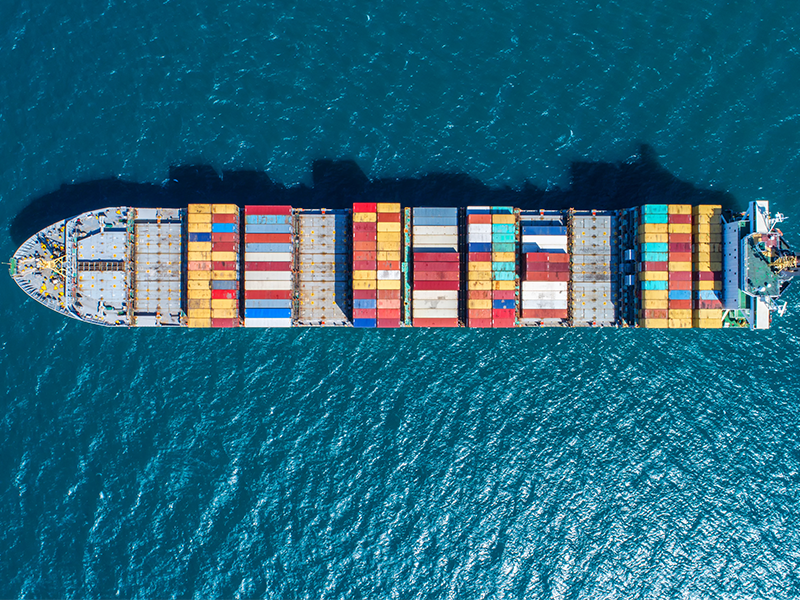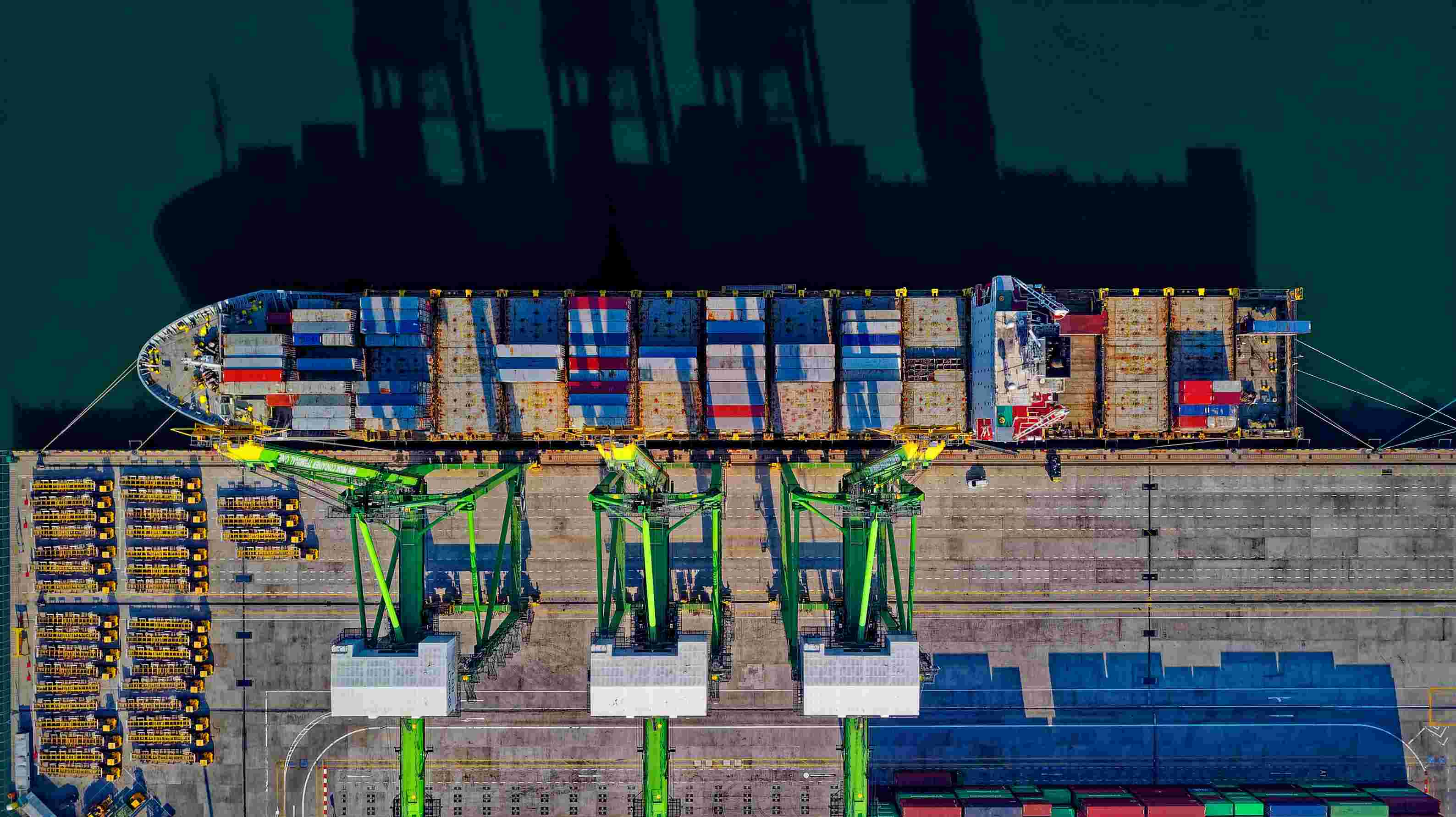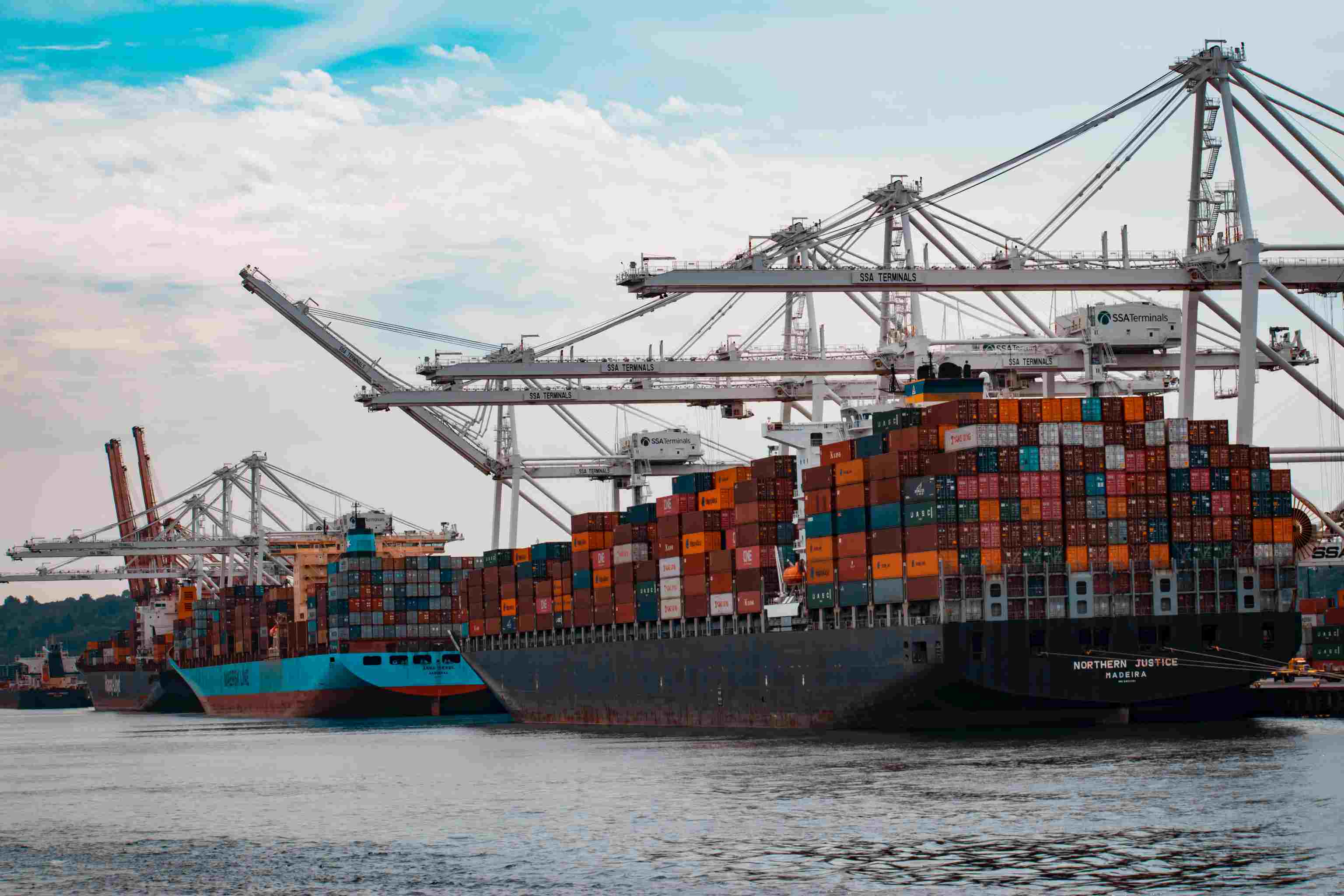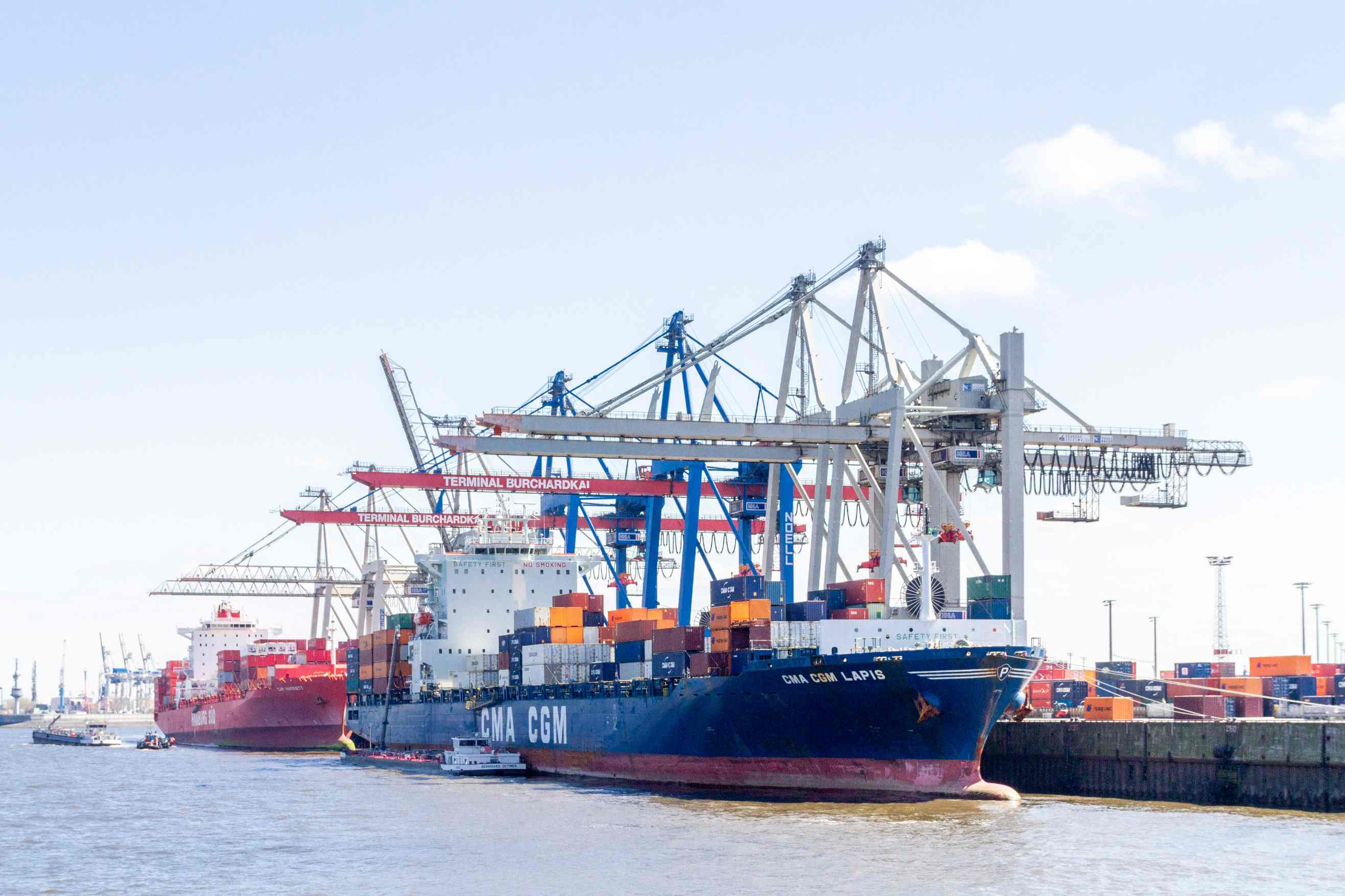In today's globalized world, shipping containers play a crucial role in the transportation of goods across countries and continents. Whether you are a business owner looking to export products or an individual relocating overseas, understanding the factors that influence shipping container costs is essential. This article will delve into the various aspects that impact container costs, providing you with valuable insights to make informed decisions.
1. Size and Type of Container
The size and type of container you choose can significantly affect the cost. Shipping containers come in various sizes, such as 20-foot, 40-foot, or high cube containers, each with its own pricing structure. Additionally,
specialized containers like refrigerated or open-top containers may incur higher shipping container costs due to their unique features. Understanding your cargo requirements and selecting the appropriate container size and type will help you avoid unnecessary expenses.
2. Container Condition
The condition of the container can impact the shipping container cost. New containers generally come at a higher price compared to used or refurbished ones. However, the condition of the container also
plays a role in ensuring the safety and security of your goods during transit. While used containers may be more cost-effective, it is crucial to assess their condition carefully and opt for containers that meet industry standards.
3. Shipping Route and Distance
The shipping route and distance are vital factors that influence container costs. Longer distances and complex shipping routes often involve multiple modes of transportation, such as sea, rail, or road. Each mode of transport adds to the overall shipping container cost,
considering factors like fuel, handling, and associated fees. In addition, remote or less accessible destinations may require additional logistics arrangements, impacting the overall shipping expenses.
4. Transportation Mode
The transportation mode you choose for shipping your container can have cost implications. Sea freight is generally more cost-effective for long-distance shipping, while air freight offers faster delivery but at a higher shipping container cost. Rail and road transportation may be suitable for shorter distances or when specific destinations require alternative modes of transport.
Carefully evaluating the pros and cons of each transportation mode can help you find the most cost-efficient solution.
5. Customs and Duties
Customs duties and clearance procedures can significantly impact shipping container costs. Different countries have
varying customs regulations, import duties, and taxes, which need to be considered while calculating the total shipping expenses. Researching and understanding the customs requirements of the origin and destination countries is essential to avoid unexpected costs and delays.
6. Seasonal Demand
Seasonal fluctuations in demand can influence shipping container costs. During peak seasons or holidays, when there is a higher demand for shipping,
container availability may be limited, resulting in increased expenses. Planning for shipping during off-peak periods can help you secure better rates and ensure the availability of containers when you need them.
 shipping container cost
shipping container cost
7. Fuel Prices
Fuel prices have a direct impact on shipping container costs. Fluctuations in oil prices can lead to fluctuations in transportation costs, as
fuel is a significant expense in the shipping industry. Monitoring fuel prices and considering their potential impact on shipping rates can help you make informed decisions about the timing and cost-effectiveness of your shipments.
8. Currency Exchange Rates
When shipping goods internationally, currency exchange rates can affect shipping costs. Exchange rate fluctuations can impact the overall shipping container cost,
especially if you deal with multiple currencies throughout the shipping process. Understanding the currency exchange rates and their potential impact on shipping expenses can help you plan and budget effectively.
9. Insurance Costs
Insurance is an essential aspect of shipping containers, ensuring the protection of your goods in case of loss or damage during transit. Insurance costs may vary
depending on factors such as the value of the cargo, the chosen coverage, and the shipping route. Evaluating different insurance options and understanding the associated costs will help you choose the most suitable insurance plan for your shipments.
10. Port Charges and Handling Fees
Ports charge various fees for handling and processing containers. These charges include terminal handling, port storage, and documentation fees. The specific fees and amounts vary depending on the port and the services provided.
Understanding the port charges and handling fees associated with your shipping route will give you a comprehensive view of the total shipping container costs.
11. Additional Services
Additional services required during the shipping process can contribute to the overall shipping container costs. These services may
include customs brokerage, container tracking, warehousing, and packaging. You may incur additional expenses for these services depending on your specific needs. Considering these other services and their costs in advance will help you accurately estimate your total shipping expenses.
12. Supplier and Provider Relationships
Establishing strong relationships with reliable suppliers and service providers can positively impact shipping container costs. Long-term partnerships and volume-based agreements with shipping companies, freight forwarders, and logistics providers can
lead to better rates and discounts. Building solid relationships with trusted partners can result in cost savings and efficient shipping operations.
Conclusion
Multiple factors influence the shipping container cost, and a comprehensive understanding of these factors will help you navigate the complexities of international shipping. By carefully considering each aspect and leveraging cost-saving opportunities, you can streamline your shipping operations and minimize expenses.






